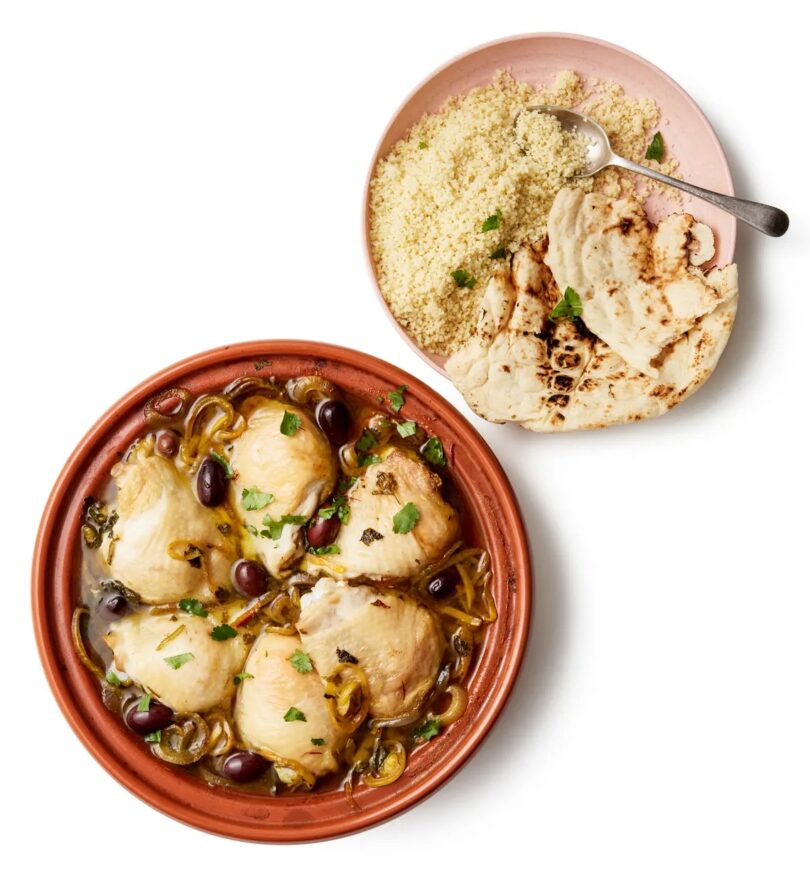Felicity Cloake
Named after the pot in which it’s traditionally prepared, this North-African stew comes in many flavours, from beef and prune to pea and artichoke, but chicken and olive is one of the best-loved Moroccan versions. The conical shape of the earthenware tagine helps to keep everything deliciously moist, but, happily, it can be made just as well in an ordinary pot, too.
Prep 15 min
Cook 45 min
Serves 4-6
2 red onions
3 garlic cloves, mashed with a teaspoon of salt
Salt
½ tsp saffron strands
2 small preserved lemons
2 tbsp chopped flat-leaf parsley
1 small bunch fresh coriander
6 bone-in chicken thighs (see step 3)
3 tbsp olive oil
2 tsp ground ginger
1 tsp cinnamon
Juice of ½ lemon
3 tbsp violet olives (see step 6)
1 Prep the alliums …
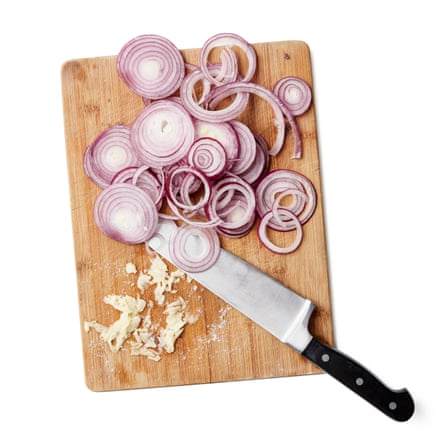
Peel and thinly slice the red onions lengthways. Peel the garlic, then mash it with half a teaspoon of salt (I do this in a mortar, but you could also do it with the flat side of a heavy knife).
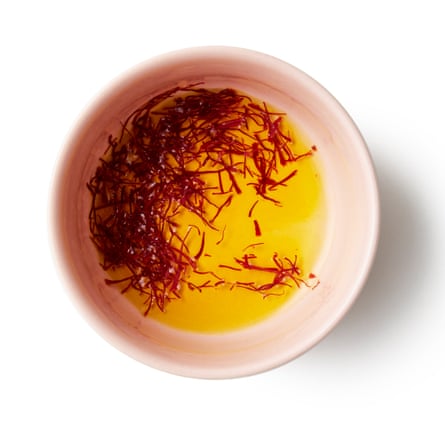
Put the saffron in a small bowl, cover with a little warm, but not hot, water and leave to infuse.
2 … and the lemons and herbs
Cut the rind off the preserved lemons, and cut it into thin slivers.
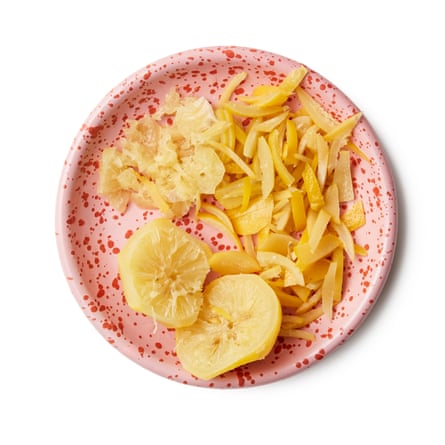
Coarsely chop the pulp of one of the preserved lemons (save the other for another purpose, unless you’re very keen on the flavour, in which case you could use it in your tagine, too). Roughly chop two tablespoons each of parsley and coriander.
3 A note on the chicken
I use skin-on, bone-in chicken thighs in this dish (both the skin and the bones add flavour, but can be removed before serving, if you want to save your guests the trouble), but you could use bone-in breasts, or indeed joint a whole chicken for the purpose, if you prefer, in which case you’d need to adjust the cooking times accordingly.
4 Choose your cooking vessel
Put a heavy-based, wide-bottomed shallow pan (or a tagine) on a low heat – if you don’t have a tagine, the most important thing is to choose something with a large surface area, to evaporate moisture, that can also be tightly sealed, so moisture stays in the pan. Add the oil.
5 Start cooking
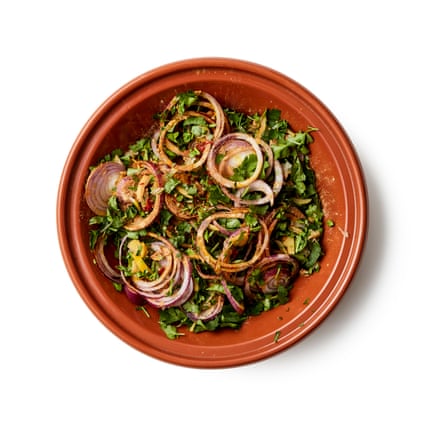
Cover the base of the pan with the sliced onion, then sprinkle over the garlic and salt mixture, followed by the ginger, cinnamon and the saffron and its soaking liquid. Add the chopped preserved lemon rind and pulp, lemon juice and chopped herbs, then stir well, so all the flavours have a chance to mingle.
6 Add the chicken
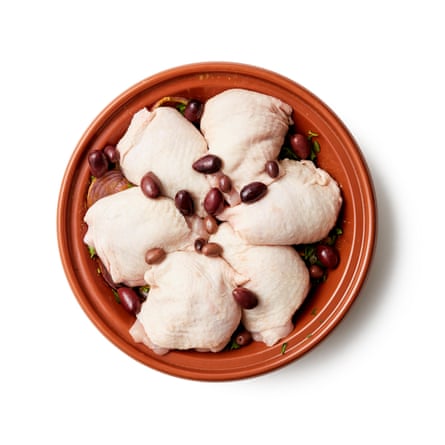
Arrange the chicken on top of the onion mixture, then scatter the olives on top – I like the mellow flavour of violet ones, though any kind of olive will do, from mild green to salty black. Those with their stones in always have a better texture and, I think, flavour – but, again, if you want to save your guests the trouble of removing them, you could use the pitted variety.
7 Add water, then simmer
Pour 175ml water into the pan, clap on the lid (if it doesn’t fit very tightly, cover the pan with a layer of foil first, to help keep the moisture in), then leave to simmer very gently for about 45 minutes, until the chicken is cooked through (bear in mind that different cuts will take different times).
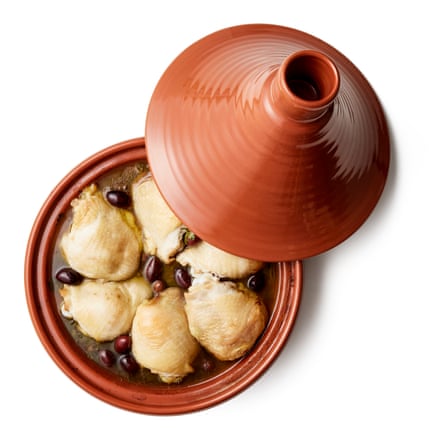
8 Finishing touches
If you’re going to remove the chicken skin and/or bones before serving, now is the time to do it. Season the tagine to taste – check it first, because it may not need any more salt thanks to the preserved lemons and olives, which are already pretty salty. Finely chop the remaining coriander and scatter this on top.
9 Serving suggestions
Tagines can be served with bread – often khobz, a thick, puffy flatbread – or couscous. If you want to go down the latter route, you could do worse than follow the lead of Nargisse Benkabbou, author of the book Casablanca: My Moroccan Food. On her website, she recommends putting 650g couscous in an ovenproof tray, soaking it in 780ml cold water for 30 minutes, then separating the grains, stirring in a teaspoon of salt and two tablespoons of olive oil, covering with foil and baking at 180C (160C fan)/350F/gas 4 for 30 minutes.
Courtesy: theguardian

